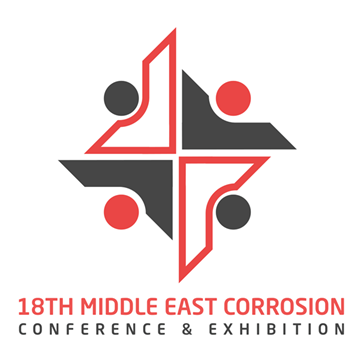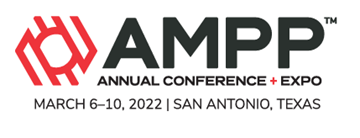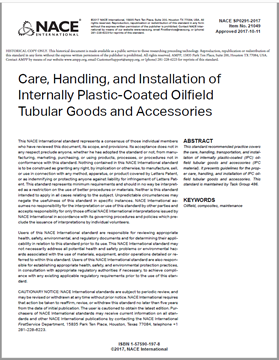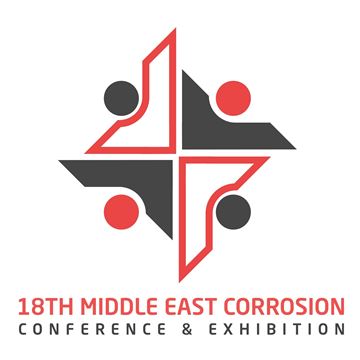Search
Products tagged with 'maintenance'
View as
Sort by
Display
per page
Florida Department of Transportation Metalizing Existing Bridge Structures: A Case Study
Product Number:
41214-852-SG
Publication Date:
2014
$20.00
How Can New Coating Technologies Secure Long Lasting Corrosion Protection even under Unpredictable Surface Conditions?
Product Number:
MECC23-20116-SG
Publication Date:
2023
$20.00
Improving Life Cycle Cost Using High Alloyed Stainless Steels for Hydrochloric Acid Localized Condensation in Heat Exchangers
Product Number:
51323-19274-SG
Publication Date:
2023
$20.00
Institutionalizing Corrosion Prevention and Control in the USAF
Product Number:
41216-990-SG
Publication Date:
2016
$20.00
Long Term (20 Years) In-Service Performance of Concrete ICCP of Marine Wharf Structures in Australia
Product Number:
51320-14510-SG
Publication Date:
2020
$20.00
Long-Term Cost Saving By Using High Alloyed Stainless Steel In Seawater Coolers
Product Number:
51322-17544-SG
Publication Date:
2022
$20.00
Maintenance Painting - A TXDOT Perspective
Product Number:
41212-687-SG
Publication Date:
2012
$20.00
NACE SP0291-2017, Care, Handling, and Installation of Internally Plastic-Coated Oilfield Tubular Goods and Accessories
Product Number:
21049-SG
Publication Date:
2017
$179.00
National Shipbuilding Research Program (NSRP) Surface Preparation and Coatings (SP&C) Panel 2016 Update
Product Number:
41216-999-SG
Publication Date:
2016
$20.00
National Shipbuilding Research Program Surface Preparation and Coatings Panel 2013 Update
Product Number:
41213-736-SG
Publication Date:
2013
$20.00
Optimized Surface Preparation Method for Maintenance and Repair Coating
Product Number:
MECC23-19877-SG
Publication Date:
2023
$20.00












